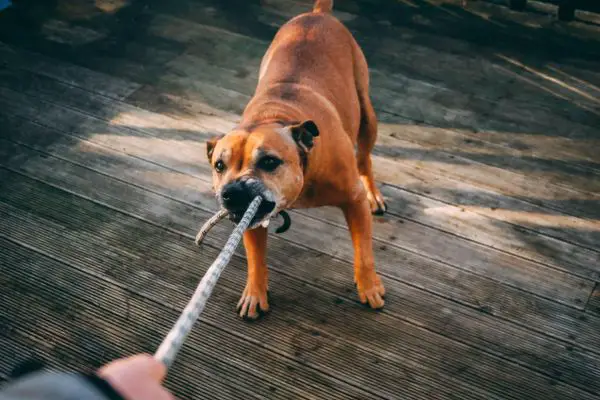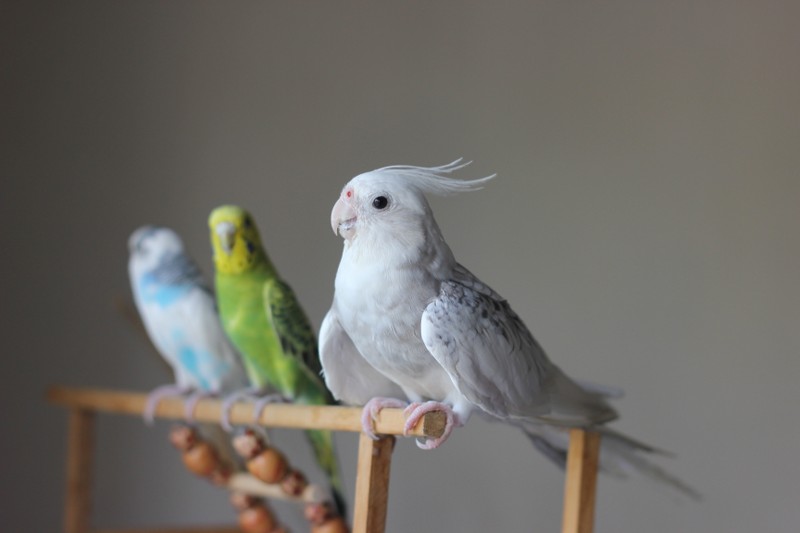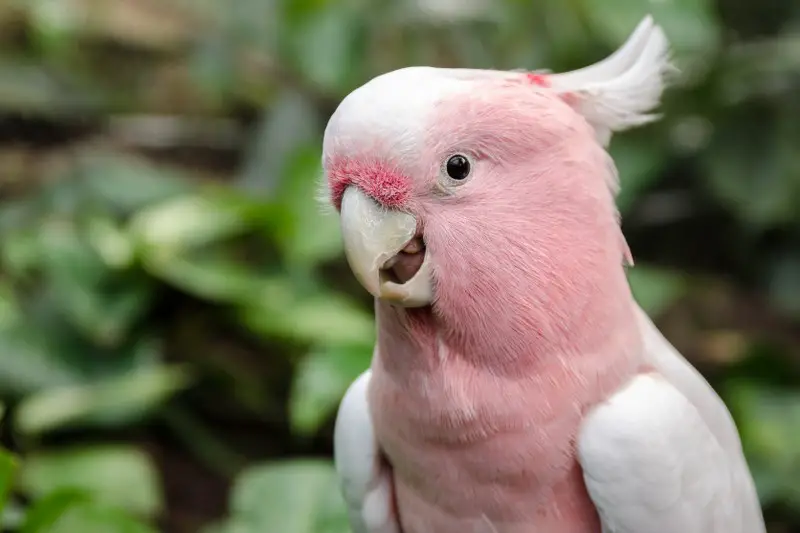Cat wound care, also known as feline wound care, is a crucial aspect of responsible pet ownership. It’s essential to know how to properly care for your cat’s injuries to ensure their health and well-being.
Cat wounds can result from various causes, such as fights with other cats, accidents, or even simple scratches. Understanding how to provide effective wound care for cats can make a significant difference in your feline friend’s recovery.
Did you know that 58.3 Million pet cats call the United States their home? In this comprehensive guide, we will explore the ins and outs of cat wound care, from recognizing common types of cat wounds to taking the necessary steps for cleaning, treatment, and recovery.

Recognizing Cat Wounds
Timely identification of cat wounds is crucial for effective cat wound care. Common types of cat wounds include cuts, punctures, and abrasions, each requiring specific attention during cat wound care. Signs of a cat wound may include swelling, bleeding, redness, or visible damage to the skin or underlying tissue.
Types of Cat Wounds:
Cuts
Cuts in cats can result from various sources, such as sharp objects, accidents, or even fights with other animals. Signs of a cut may include:
– Visible, open wound with a clear break in the skin.
– Bleeding, which may be mild or severe, depending on the depth and location of the cut.
– Swelling and redness around the wound.
– The cat may lick or bite at the wound.
Punctures
Puncture wounds occur when a sharp object pierces the skin and underlying tissues. Cats often get puncture wounds from bites during fights with other cats or animals. Signs of a puncture wound may include:
– Small, often hidden wounds with minimal external bleeding.
– Swelling, redness, and tenderness around the puncture site.
– Pain and discomfort.
Abrasions
Abrasions are superficial scrapes or grazes on the skin’s surface, typically caused by friction or minor trauma. Signs of an abrasion may include:
– Raw, superficial skin damage.
– Possible bleeding if the abrasion is extensive.
– Swelling or redness around the affected area.
– Mild discomfort.
Remember that a cat’s behavior can change if they’re in pain or discomfort, so be attentive to any behavioral changes and seek veterinary care when in doubt. Proper cat wound care can help ensure a speedy recovery and minimize complications.
Did you know that a typical household cat can effortlessly leap to heights that are 5 to 6 times their own, often making vertical jumps of 6-8 feet without needing a running start?
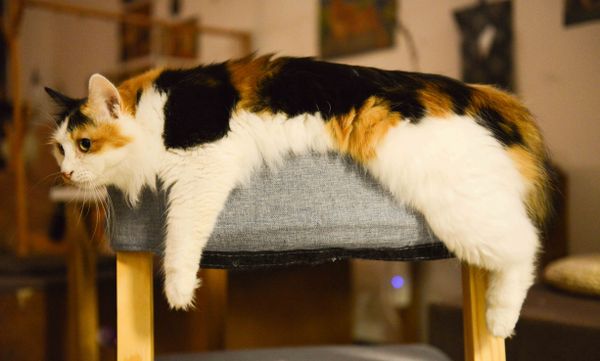
Preparing for Cat Wound Care
Proper preparation is key to successful cat wound care. You need to know the steps of how to care for a wound on a cat. Before starting, gather essential supplies, including gloves, clean towels, antiseptic solution, tweezers, and any prescribed medications.
Create a calm and safe environment for your cat, ensuring they are comfortable and relaxed before proceeding with cat wound care.
Before You Begin: Gather Supplies
Gloves
Wear disposable latex or nitrile gloves to prevent contamination and protect yourself from potential infection.
Clean Towels or Gauze
Have clean, soft towels or sterile gauze pads on hand to help clean and dry the wound and surrounding area.
Antiseptic Solution
Prepare a mild antiseptic solution by mixing one part hydrogen peroxide with ten parts water, or use a saline solution. Avoid using alcohol or iodine as they can be too harsh on the wound.
Tweezers
Sterilize tweezers with rubbing alcohol and use them to carefully remove any debris or foreign objects from the wound. It is necessary to use sterilized tweezers while treating wounds on cats.
Prescribed Medications
If your veterinarian has provided any specific medications or ointments for the wound, have them ready.
Creating a Calm and Safe Environment
Find a Quiet Space
Choose a quiet, well-lit room where you and your cat can be comfortable without distractions. Ensure the room is warm to prevent your cat from getting chilled. Also, it is a crucial part of cat wound care.
Secure Your Cat
If your cat is not already calm, gently restrain them using a towel or blanket to minimize their movement. Wrap the towel around your cat’s body, leaving only the wound exposed. This helps to keep your cat safe and prevents them from scratching or biting you.
Remember that wound care for cats can vary depending on the severity and location of the wound. Always consult your veterinarian for professional guidance, especially if you’re unsure about how to care for a specific wound or if it’s not improving as expected. Your vet can provide specific recommendations tailored to your cat’s needs.

Steps for Cat Wound Care
Cleaning the wound
Cat wound care starts with cleaning the affected area. Ensure you wear gloves to prevent infection. Use a gentle stream of the prepared antiseptic solution to clean the wound. You can use a syringe or a clean cloth soaked in the solution.
Gently clean the wound with a mild antiseptic solution. Avoid using alcohol or hydrogen peroxide, as they can be too harsh. Pat the wound dry with a clean cloth or sterile gauze to prevent moisture buildup.
Examining for foreign objects
Part of effective cat wound care is inspecting the wound for foreign objects or debris by following guidelines to treat cat wound. If you notice any foreign objects, such as dirt or splinters, use sterilized tweezers to carefully remove them. Avoid digging into the wound or causing unnecessary trauma.
Be careful when using tweezers to remove any foreign material gently, being careful not to cause further injury.
Stopping bleeding (if applicable)
Some wounds may bleed, and this aspect of cat wound care requires attention.
Apply gentle pressure to the wound using a clean cloth or bandage. If bleeding persists, contact your veterinarian.
Use medications
If your veterinarian has prescribed any specific ointments or medications, apply them as directed. Be sure to follow their instructions carefully.
Applying topical treatments
Topical treatments like antibiotic ointment or cream play a vital role in cat wound care, . Administer any prescribed topical medication according to your veterinarian’s instructions, ensuring it’s safe for cats.
Dressing the wound (if necessary)
In certain cases of cat wound care, you may require bandaging. Follow proper bandaging techniques to protect the wound and prevent contamination. In most cases, cat wounds are best left open to the air for proper healing. However, consult your vet for specific wound dressing recommendations if necessary.
Seeking Veterinary Attention
While doing cat wound care at home can address minor injuries, it’s crucial to consult a veterinarian for severe or infected wounds. If you do not know then always search for cat urgent care near me or urgent care for cats near me on Google.
Keep a close eye on the wound for any signs of infection over the next few days. If you notice increased redness, swelling, pus, or a foul odor, contact your veterinarian promptly. Signs of infection or complications, such as pus, increased swelling, or changes in your cat’s behavior, warrant immediate professional evaluation.
Regular vaccinations are essential in cat wound care as they can prevent certain infections and reduce the risk of complications.
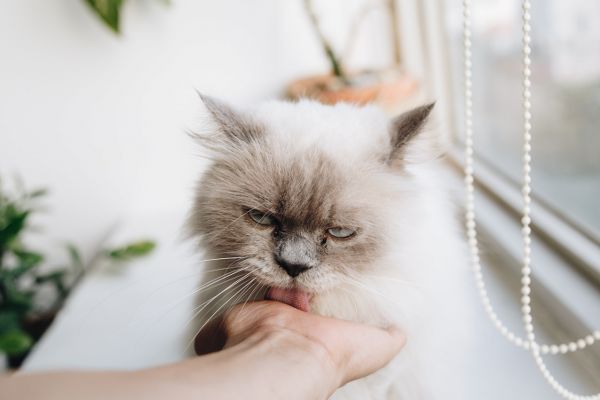
Post Wound Care
Post-cat wound care is a critical aspect of ensuring your cat’s recovery and preventing complications.
Maintain Cleanliness: Continue to keep the wound clean and dry as instructed by your veterinarian. Follow any prescribed cleaning or dressing routines.
Prevent Licking and Chewing: Use an Elizabethan collar or other anti-licking devices to prevent your cat from licking or chewing the wound, which can introduce infection.
Monitor for Infection: Be vigilant for signs of infection, including increased redness, swelling, discharge, or a foul odor. If any of these symptoms appear, contact your vet promptly.
Administer Medications: If your vet prescribed antibiotics or other medications, give them according to the recommended dosage and duration.
Protect the Wound: Prevent further injury to the wound by keeping your cat in a controlled environment and minimizing activities that could strain or irritate the area.
Proper Diet: The right cat food can boost your cat’s antibodies to fight off potential infections. If you have a kitten, do you know whether Can Kittens Eat Adult Cat Food?
Regular Check-ups: If your vet recommends follow-up appointments, schedule and attend them to assess the wound’s healing progress and adjust the treatment plan as needed. Always save the vet number for cat urgent care.
Good Hygiene: Maintain proper hand hygiene by washing your hands thoroughly after handling the wound or any wound care materials.
Patience: Understand that wound healing time can vary based on the wound’s size and severity. Be patient during the recovery process and trust your vet’s guidance.
Remember that your veterinarian is your best resource for post-cat wound care. If you have any concerns or questions about your cat’s wound or their recovery, don’t hesitate to reach out to your vet for guidance and support. They can provide specific advice tailored to your cat’s condition and ensure the best possible outcome for their healing process.

Preventing Future Cat Wounds
Part of responsible cat wound care is taking preventive measures to reduce the risk of injuries.
Cat-proof your home by eliminating hazards that could lead to accidents or fights between cats.
Schedule regular veterinary check-ups to address any health concerns promptly and seek advice on injury prevention. Promote responsible behavior among your cats, such as spaying or neutering to reduce territorial aggression.
Conclusion
In conclusion, cat wound care is an essential skill for any cat owner. Timely recognition, proper preparation, and following the steps outlined for cat wound care can significantly contribute to your cat’s well-being. Remember that professional veterinary guidance is crucial for severe wounds, and when in doubt, always seek professional advice to ensure your cat receives the best care possible. Knowing how to handle minor injuries and having the confidence to provide initial care offers peace of mind for cat owners. This knowledge empowers you to act swiftly when needed. Our blog has more information on Cat Care for you!









